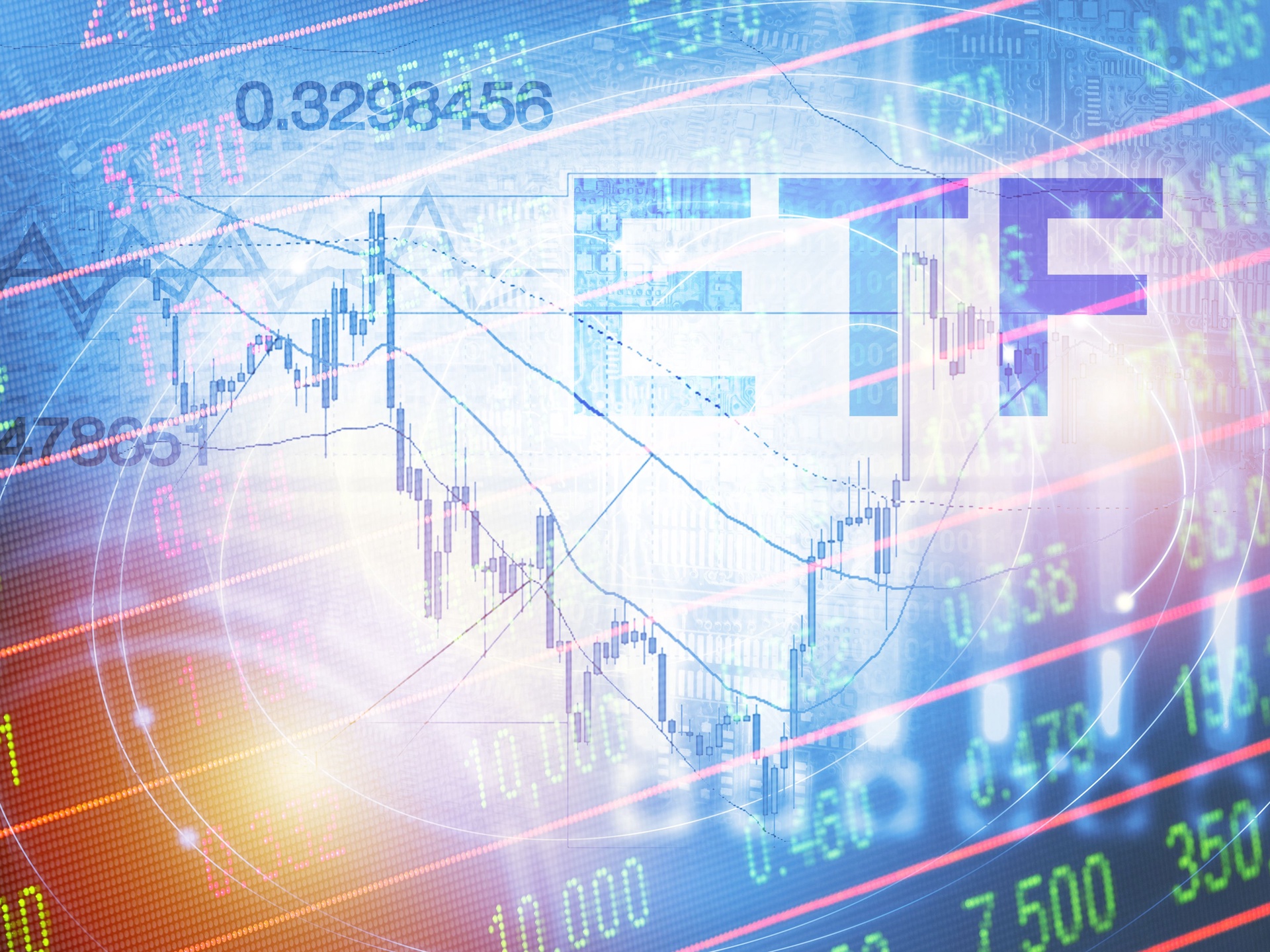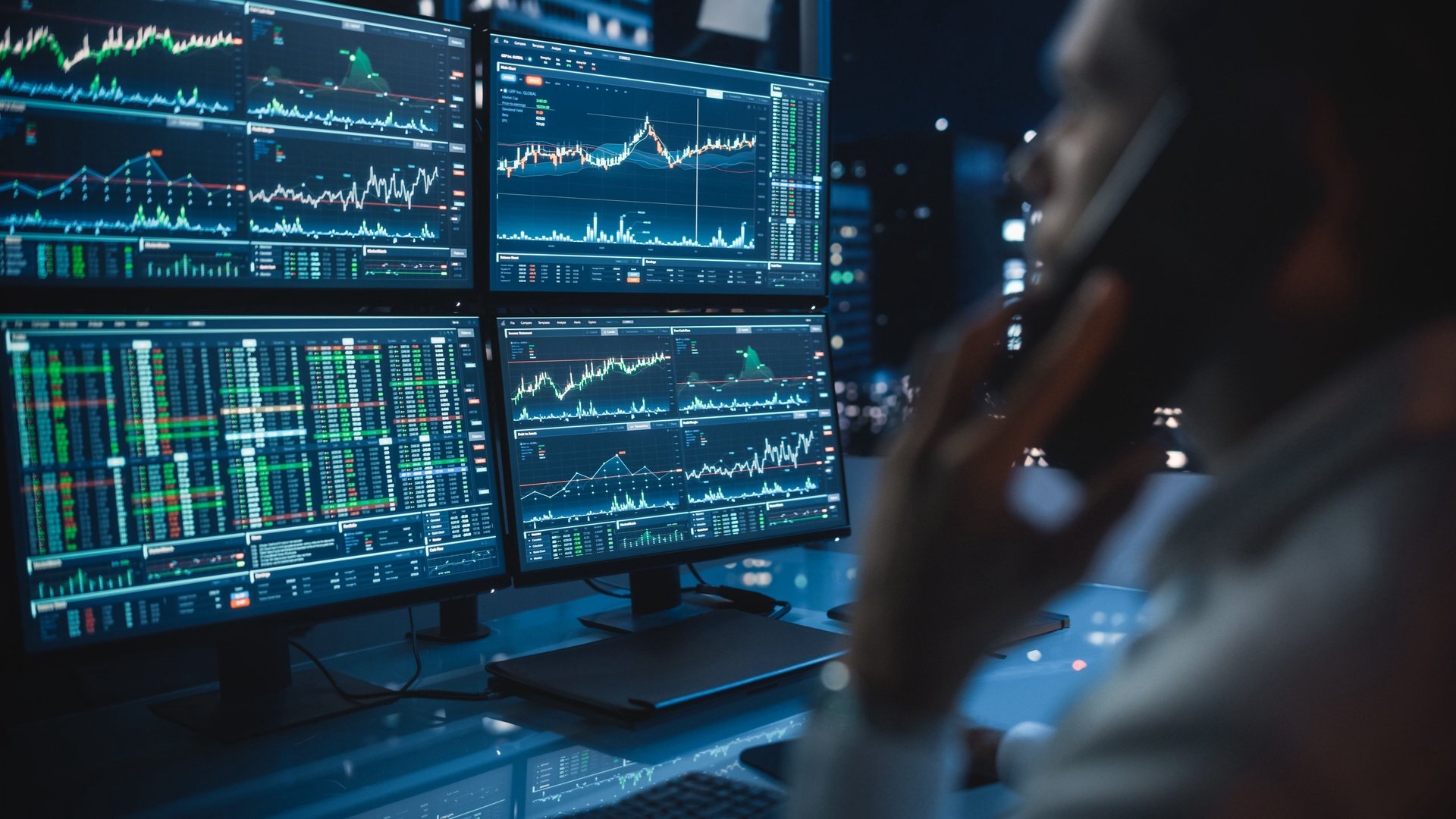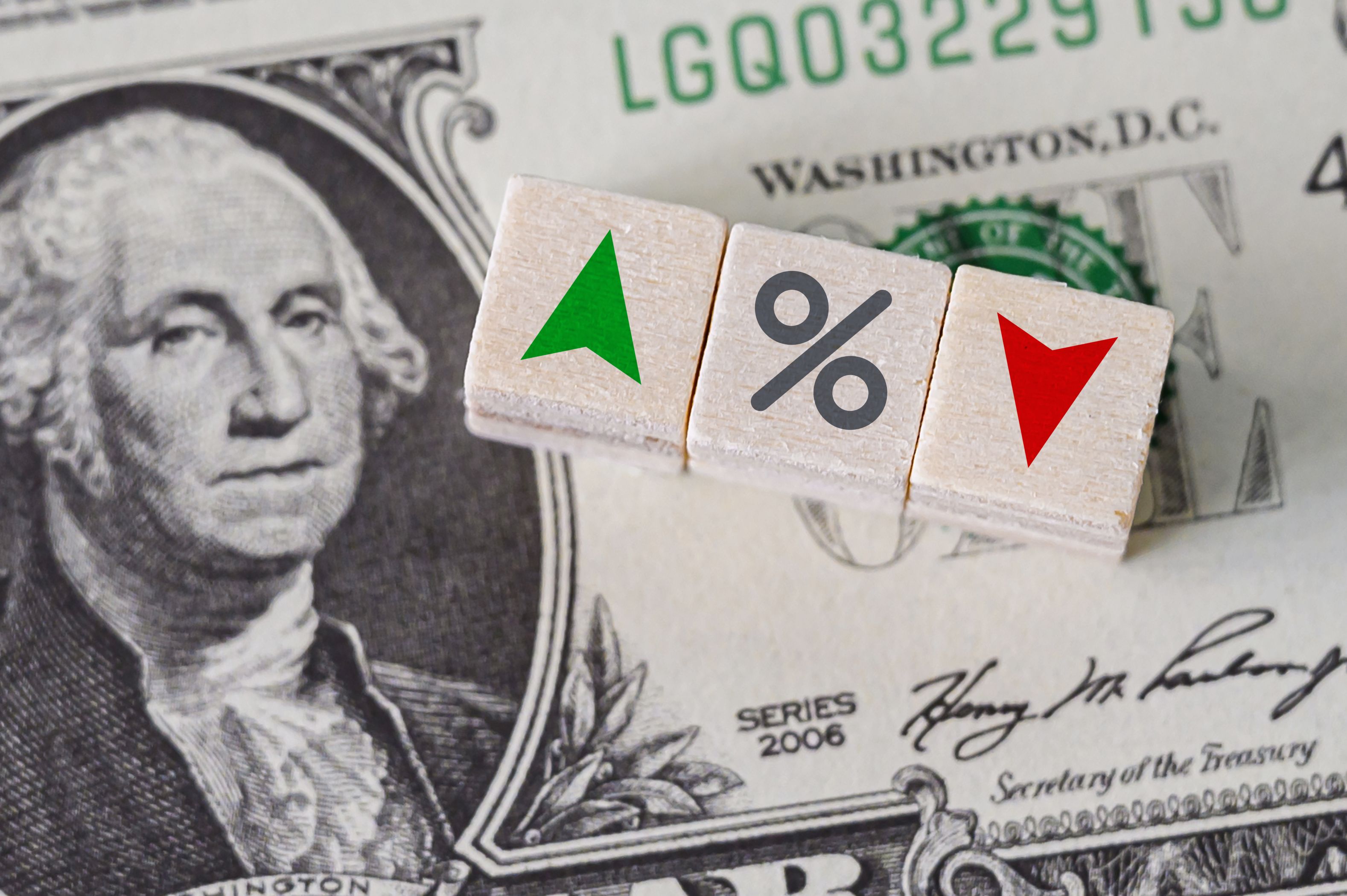The imposition of US trade tariffs on imports from China, Europe, Canada and Mexico is probably the biggest risk for Asian emerging market investors in the next six-12 months. It could upset the positive trade cycle that has been a boon for Asian markets in the past two years.
President Trump is set to announce wide-ranging tariffs on US$50 billion of Chinese goods on 15 June 2018. Deadlines for retaliatory measures from Canada and Europe will kick-in over the coming weeks. This is prompting uncertainty among investors in Asian emerging markets.
In the past 18 to 24 months the rebound in the global trade cycle has underpinned improving Asian corporate earnings. If trade tension continues for an extended period we may see a slump in business confidence and a decrease in investment. This dynamic could bring into question the sustainability of corporate earnings growth in Asia and perhaps globally. "I think that is the risk factor that we are very conscious about in the next six-12 months," says Tai Hui, chief market strategist at J.P. Morgan Asset Management.
For equity investors, there is comfort in the fact that the more resilient Asian economies are more broadly represented in the majority of financial benchmarks. The MSCI Emerging Markets Index is 60% weighted in favour of China, South Korea and Taiwan. Only 10% of this index is weighted in favour of Brazil, Turkey and Russia — more fragile emerging markets.
"If you're looking at investing in equities, by default you're already exposed to the more resilient countries or markets and you can do active management to further manage your exposure. We see upward revisions on Asian corporate earnings too," Hui says.
Globally, US equities should continue benefiting from the tax cuts and the robust US economy. The prospects for European equities seem less upbeat. Fixed income Asian investors are contending with the uncertainty wrought by increasing bond yields amid higher US interest rates.
"If we look forward to the second half of the year it hinges on the 10-year yield or US government bond yields. If that starts to move in a more orderly fashion even though it's just slowly creeping up I think that should give the risk assets a more stable platform to perform," Hui says.
The US 10-year government bond yield stood at 2.95% on 14 June 2018, following a 0.25% rate hike by the US Federal Reserve on its benchmark short-term interest rate which rose to 2.0%. The US Fed has signalled that it may raise short-term rates four more times in the coming year. High levels of volatility are expected to continue for the rest of the year following exceptionally low levels in 2017. "What happened in 2018 is the start of policy normalization, the Fed is hiking more regularly and central bank balance sheets are going from asset purchase to a gradual wind down," Hui says.









